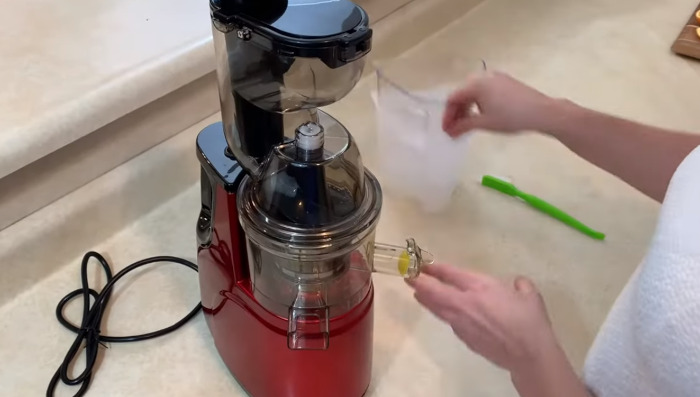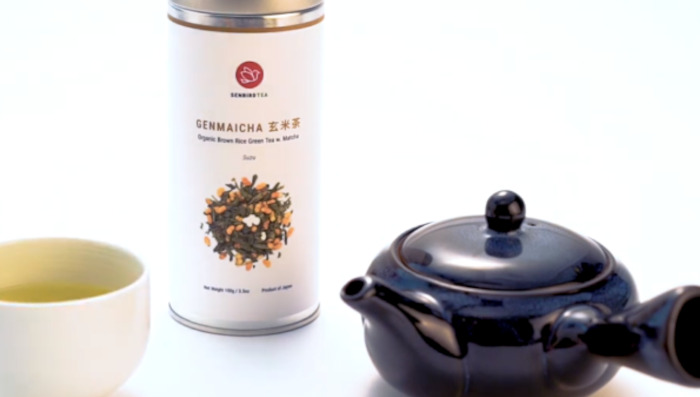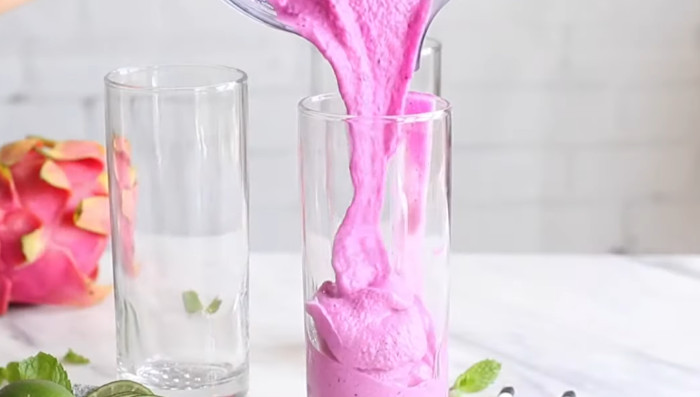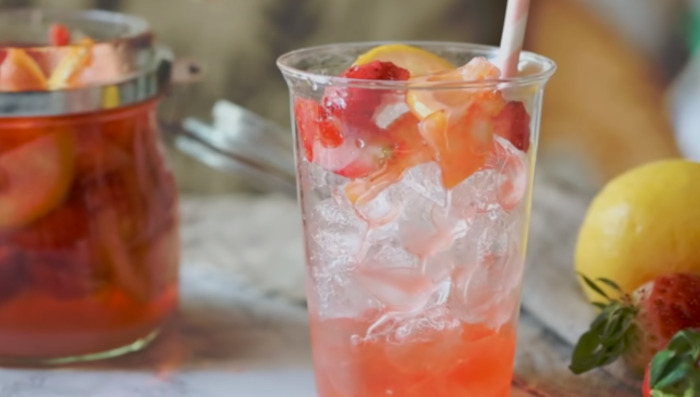What is inflammation?
Inflammation is your body’s natural response to protect itself against harm. Think of it as a crucial part of the body’s immune system. When something harmful or irritating affects a part of our body, the body responds by trying to remove it. This process is marked by redness, warmth, swelling, and sometimes pain. But here’s the catch: not all inflammation is bad.
There’s acute inflammation, which occurs quickly and typically resolves in two weeks or less. It’s what you’d experience after cutting your finger or spraining an ankle. Then there’s chronic inflammation, which persists for months or even years. This prolonged form can result from a failure to eliminate the cause of acute inflammation, an autoimmune response to a self antigen, or a chronic irritant of low intensity that persists.
Chronic inflammation can lead to various diseases, like arthritis or asthma. So, while inflammation in itself isn’t bad, it’s essential to monitor and manage it. Consuming anti-inflammatory foods or drinks, like the green juice we discussed earlier, can be a natural way to combat inflammation. Remember, your health is in your hands. Stay informed, stay proactive.
How to prepare anti-inflammatory juice?
Ingredients:
Here are the ingredients for making anti-inflammatory juice:
- Celery Stalks: 4 pieces. Celery is a powerhouse of anti-inflammatory properties and also aids in hydration.
- Collard Green Leaves: 3 leaves. Opt for dandelion greens if you want to enhance the anti-diabetic effects.
- Parsley: 1/2 bunch. Not only does it add flavor, but parsley is also known for its anti-inflammatory benefits.
- Apple: 1 whole. Preferably a green apple for its rich antioxidant content. Remember to core it but keep the peel on for added nutrients.

- Fresh Ginger Root: Optional, but a small piece can be added. Ginger is renowned for its anti-inflammatory and digestive benefits.
- Fresh Turmeric Root: Again, optional. A small piece will do. Turmeric contains curcumin, which is a potent anti-inflammatory agent.
- Lemon: You can add a squeeze for a zesty flavor and vitamin C boost.
- Cucumber: Optional. It adds a refreshing taste and is excellent for hydration.
- Mint Leaves: A few leaves for a refreshing twist and added digestive benefits.
Equipment:
- Cold Press Slow Masticating Juicer: This is the top choice. Unlike centrifugal juicers, it doesn’t expose ingredients to metal or heat, which can lead to oxidation. It’s especially effective for leafy veggies and ensures maximum nutrient extraction.

- Sharp Knife: Essential for chopping ingredients like celery, apples, and parsley. A good knife ensures clean cuts and safety.
- Cutting Board: Preferably a wooden one. It provides a stable surface for chopping and prepping your ingredients.
- Measuring Cups and Spoons: For precise measurements, especially if you’re adding optional ingredients like ginger or turmeric.
- Glass Airtight Bottle: If you’re planning to store the juice. Fresh juice can be stored in the fridge for up to 24 hours without losing too many nutrients.
- Strainer (Optional): If you prefer your juice without any pulp, a strainer can help you achieve a smoother consistency.
- Stirring Spoon: To mix the juice well, especially if you’re blending multiple ingredients.
Instructions:
Here you have it! A simple, straightforward method to prepare a nutritious anti-inflammatory juice.
1.Preparation: Start by gathering all your ingredients. This includes celery, collard greens, parsley, and apple. If you’re adding optional ingredients like ginger or turmeric, have those ready too.
2.Washing: Thoroughly rinse all fresh produce under cold water. This ensures any dirt or pesticides are removed.
3.Chopping: Using a sharp knife, chop the celery, collard greens, parsley, and apple into manageable pieces. Remember to core the apple but leave the peel on for added nutrients.

4.Juicing: Turn on your cold press slow masticating juicer. Begin by feeding the celery, followed by collard greens, parsley, and finally the apple. If you’re adding any optional ingredients, now’s the time.
5.Mixing: Once all ingredients are juiced, give it a good stir to ensure even flavor distribution.
6.Serving: Drink the juice immediately for maximum benefits. If you’re storing it, transfer to a glass airtight bottle and refrigerate. Remember, it’s best consumed within 24 hours.
7.Cleaning: Always clean your juicer right after use. This prevents any residue from drying up and makes the cleaning process easier.
Anti-inflammatory Juice Benefits:
Following are the benefits of Anti-inflammatory Juice:
- Pain Relief: Ingredients like celery and parsley have properties that can alleviate joint pain, making it a natural remedy for conditions like arthritis.
- Digestive Aid: The juice promotes better digestion. Apple, for instance, contains fibers that aid in gut health.
- Blood Sugar Regulation: Certain ingredients, especially when dandelion greens are used, can help normalize blood sugar levels, beneficial for diabetics.

- Nutrient Boost: This juice is a powerhouse of vitamins A, K, and C. These vitamins not only nourish the body but also combat inflammation.
- Immune System Support: The anti-inflammatory properties of the juice ingredients enhance the body’s immune response, helping fend off illnesses.
- Detoxification: Regular consumption can aid in detoxifying the body, flushing out toxins that might contribute to inflammation.
- Skin Health: The rich antioxidant content can lead to clearer, more radiant skin by combating oxidative stress.
- Mental Well-being: A body free from inflammation can lead to better mental clarity and overall mood enhancement.
Variations:
- Spice It Up: Add fresh ginger or turmeric root for an extra kick. Both are renowned for their anti-inflammatory properties and can elevate the juice’s flavor profile.
- Citrus Twist: Incorporate lemon or lime for a tangy touch. These citrus fruits not only enhance taste but also boost vitamin C content.
- Green Boost: Swap collard greens with dandelion greens or kale. Each green has its unique nutrient profile and can offer varied health benefits.
- Sweeten Naturally: If you prefer a sweeter taste, consider adding an extra apple or even a pear. They’re natural sweeteners and packed with nutrients.
- Cooling Effect: Cucumber can be a refreshing addition. It’s hydrating and can make the juice even more revitalizing.
- Minty Fresh: A handful of mint leaves can transform the juice, giving it a fresh and cool aftertaste.

- Omega Boost: For enhanced vitamin absorption, blend in some flaxseeds or chia seeds. They’re rich in omega-3 fatty acids, which are great for heart health.
Inflammatory Foods to Avoid:
While everyone’s body reacts differently, it’s essential to be aware of these common culprits:
- Processed Sugars: Found in candies, sodas, and many desserts. They can trigger the release of inflammatory messengers called cytokines.
- Trans Fats: Present in fast foods, fried products, and certain margarines. They’re known to induce inflammation and harm heart health.
- White Bread & Pastries: These refined carbohydrates can spike blood sugar and enhance inflammation.
- Dairy: Some individuals are sensitive to casein found in dairy, leading to inflammatory reactions.
- Processed Meats: Sausages, hot dogs, and other processed meats contain advanced glycation end products (AGEs) that spur inflammation.
- Alcohol: Excessive consumption can lead to inflammation and damage to the liver.
- Gluten: Those with gluten sensitivities or celiac disease can experience inflammation after consuming foods with gluten.
- Artificial Additives: Preservatives, colorants, and flavor enhancers can be inflammatory, especially for those with sensitivities.
- Vegetable & Soybean Oils: High in omega-6 fatty acids, which can promote inflammation when consumed in large amounts.
- Fried Foods: High temperatures produce AGEs, which can activate inflammation.
The Bottom line:
Inflammation, a natural response in our body, can become problematic when chronic. Fortunately, nature provides us with potent anti-inflammatory ingredients, easily incorporated into a juice. Ingredients like celery, parsley, and apple not only offer a refreshing taste but also pack a punch in combating inflammation. Using the right equipment, particularly a cold press juicer, ensures maximum nutrient extraction.
Following the correct steps in preparation ensures the juice’s efficacy. While the benefits of such juices are numerous, from reducing arthritis symptoms to boosting immunity, it’s essential to remember that variations can cater to individual tastes and needs. However, while embracing these healthful choices, it’s equally crucial to avoid certain inflammatory foods like processed sugars and trans fats. In essence, a balanced approach, where we harness nature’s goodness and avoid potential harm, can lead us to a healthier, inflammation-free life.
FAQs:
What is the strongest natural anti-inflammatory?
Turmeric, specifically its active compound curcumin, stands out as one of the most potent natural anti-inflammatory agents. Used for centuries in traditional medicine, turmeric’s efficacy in reducing inflammation is backed by numerous studies. When combined with black pepper, the absorption of curcumin increases, amplifying its benefits. Whether added to foods, taken as a supplement, or consumed in juices, turmeric’s anti-inflammatory properties are unmatched in nature’s arsenal.
Is it better to consume inflammatory foods or make an anti-inflammatory juice?
Choosing anti-inflammatory juices over inflammatory foods is a wiser choice for overall health. Inflammatory foods can exacerbate chronic conditions and weaken the immune system. On the other hand, anti-inflammatory juices, packed with nutrients like turmeric and celery, combat inflammation, support the immune system, and promote overall well-being. Prioritizing these juices over inflammatory foods can lead to better health outcomes and increased vitality.
Is this juice recipe suitable for people with diabetes?
Absolutely, this anti-inflammatory juice recipe is tailored for those with diabetes. It’s low in sugar, prioritizing ingredients that don’t spike blood sugar levels. Moreover, opting for dandelion greens over collard greens can enhance its benefits. Dandelions, apart from their anti-inflammatory properties, have been found to normalize blood sugar levels. So, not only does this juice combat inflammation, but it also supports stable blood sugar, making it a smart choice for diabetics.
Related Read: Healthy Juice Recipes For Weight Loss!







